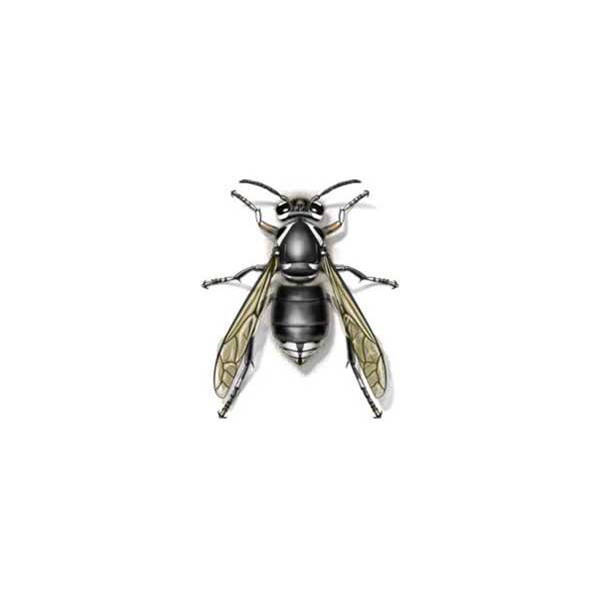Bald-Faced Hornets in Atlanta, GA
The bald-faced hornet looks a lot like its yellowjacket cousins and earns its name from the ivory-white markings on its face. Bald-faced hornets are sizable flyers and will aggressively protect their nests if they sense any threat. Being beneficial to the environment, it’s unfortunate that their tendency to nest in spots like structural voids, attics, and landscaping cavities means they pose a threat to humans.
Bald-Faced Hornet Habitat
Bald-faced hornets tend to construct their substantial, gray-hued, egg-shaped nests near human activity zones. These nests can reach significant sizes, with some growing up to 24 inches long and 30 inches in diameter. Crafted during spring and early summer, worker hornets form these nests by chewing natural wood fibers. You’ll find these nests in trees, under eaves, around light fixtures on buildings, and even inside children’s playhouses. Once completed, the nest could be as large as a football or basketball.
Bald-Faced Hornet Behavior, Threats, or Dangers
Bald-faced hornet stings pack venom that induces pain and swelling for roughly a day. Those allergic to bee stings might experience similar reactions to a bald-faced hornet sting. These hornets scavenge through trash bins and hunt for outdoor food and drinks. They have a penchant for ripe fruit in gardens, farms, and vineyards. As autumn arrives, newly emerged reproductive wasps seek warmth due to cooler temperatures and reduced food, increasing the likelihood of them invading homes. Like other stinging insects, they sting when they sense a threat to themselves or their nest. If their nest is close to human activity, it’s crucial to contact a professional pest control company for handling stinging insects or removing nests.





